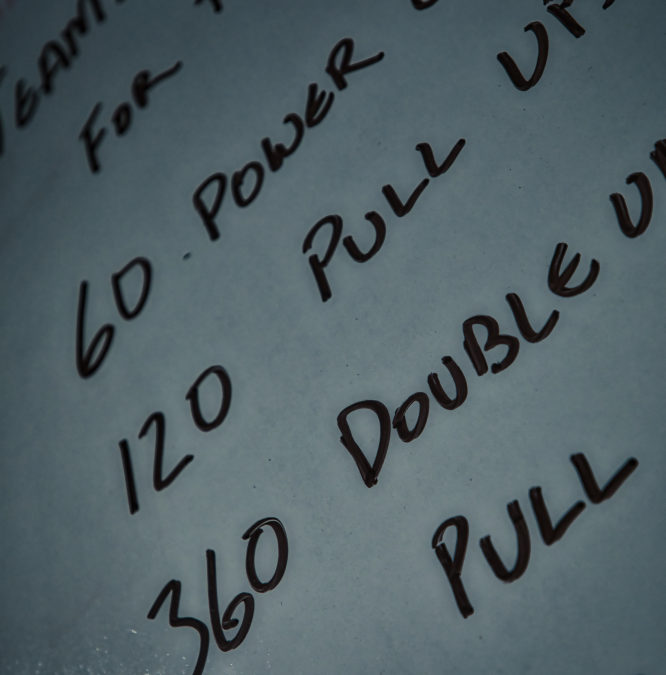People frequently ask me some variation of the following questions:
Can we not have time caps?
Why do we have to have time caps?
Can I finish the workout after the time cap?
I dislike answering these questions with “no” or “because I said so” with little or no additional information. I also don’t always have time in the middle of class to break down the reasoning behind time caps so I thought I would take this space to get that info out there and make it an easy reference.
The primary reason we have time caps is directly related to scaling. We program workouts for a specific adaptive response from the athlete’s body. In order to get that adaptation, the workout needs to be finished in the time domain we planned with the weights and movements that have the intensity we were looking for, relative to that athlete.
Let’s use the following workout as an example:
3 Rounds
10 Front Squat (135/95)
10 Strict Pull Ups
In the above workout, the recommended weight for the front squat is 135 pounds. The athlete would need to choose a weight that gives their body the same effect that 135 pounds would have on an elite athlete (many gyms program for the elite athlete and look to scale for the rest of the population).
That does NOT mean that if you front squatted 135 pounds once in your life for 2 reps that you should go ahead and use 135 pounds for the workout above. Now you are looking at trying to front squat that weight for a total of 30 reps. If you can barely do this once or twice, how are you going to do it 30 times while you are tired and out of breath?
The pull-ups are another great scaling discussion. If you can do one or two pull-ups fresh, how will you perform when asked to do 10 of them in a row while tired from front squatting?
In this case it is best to scale to a challenging ring row (which can be very difficult if scaled correctly) rather than fight to get 1 pull-up at a time every minute or 2.
If we program a work out that should take you 8-10 minutes and you pick weights that are too heavy or decide to work on a skill that is a bit out of your reach, that time might get stretched to 15 or 20 minutes. At that point you are doing a different workout than we intended.
Most workouts are designed to have short breaks and keep the athlete moving at a steady pace. That is the intensity we talk about all the time. Struggling really hard for 30 seconds, only to gasp for breath for 60-90 seconds before being able to move again does not generally improve fitness as well as moving steadily with a purpose through most of the workout.

